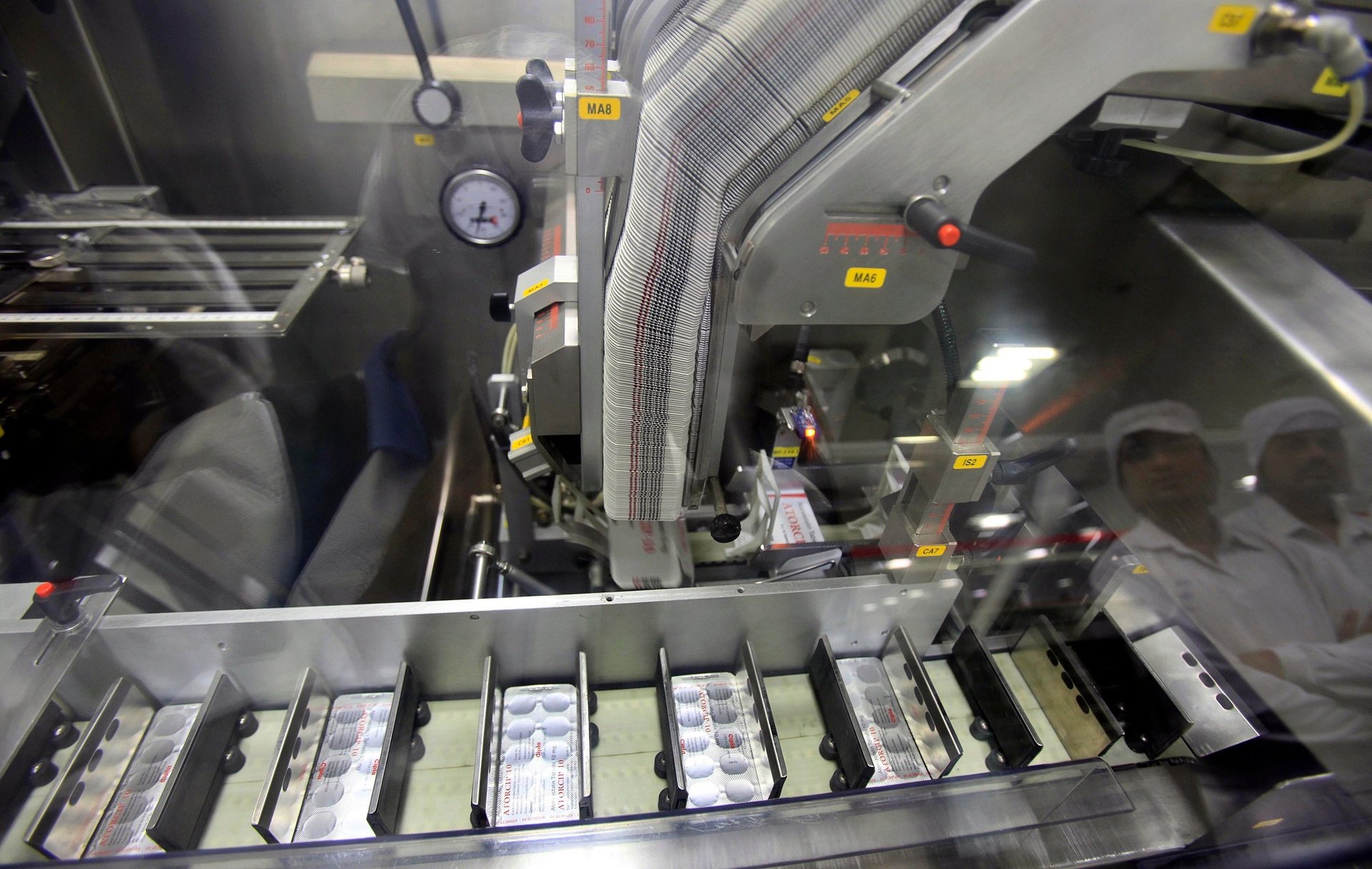There is no way out for Indian pharma, but to play by the world’s rules
For long, the domestic pharmaceutical industry has thrived without a closer scrutiny of the manufacturing practices to assure quality of drugs produced in India. With rising instances of inspections and bans in recent years, scrutiny has increased for drugs being exported. Enough is still not being done to ensure quality of drugs made for domestic markets.


For long, the domestic pharmaceutical industry has thrived without a closer scrutiny of the manufacturing practices to assure quality of drugs produced in India. With rising instances of inspections and bans in recent years, scrutiny has increased for drugs being exported. Enough is still not being done to ensure quality of drugs made for domestic markets.
India’s pharmaceutical sector has grown from a turnover of $1 billion in 1990 to over $20 billion in 2010, of which export turnover is approximately $8 billion, according to the Department of Pharmaceuticals (DoP). The industry ranks third in terms of volume and is fourteenth in terms of value globally, accounting for around 10% of the world’s production by volume and 1.5% by value. Globally, it ranks 4th in terms of generics production and 17th in terms of export value of drug constituents, such as bulk actives and dosage forms. Indian exports reach more than 200 countries around the world, including highly regulated markets of US, West Europe, Japan and Australia.
India is the second largest supplier of generic drugs to the United States. In recent months, we have seen a spike in import bans and warning letters against Indian companies issued by the United States Food and Drug Administration (USFDA).
India’s pharma industry is now at a crossroads. On the one hand, it has achieved enviable growth, creating large multinational companies, high-value jobs and wealth for shareholders. On the other, a slew of warnings and import alerts by inspectors of the USFDA is beginning to cast a shadow over its reputation globally. For the industry to move to the next level of growth and competitiveness, it needs to improve standards.
“It is high time there is standardization of production quality across these plants—regardless of whether they make drugs for domestic markets or export purposes,” says Shaktivel Selvaraj, development economist and member of the All India Drug Action Network, a network of organizations working for better access to affordable drugs. “Our bigger concern should be the quality of drugs sold in Indian markets. The Indian drug regulator has very few inspectors and most plants do not follow basic rules of hygiene, seriously compromising the quality of drugs Indians consume. They will quickly have to adapt to changing expectation from the regulators and patients if they want to survive,” he added.
After recurring problems with drugs exported from the plants of Ranbaxy Laboratories, United States Food and Drug Administration (USFDA) in January 2014 barred products from the company’s fourth plant in Toansa for violations of Good Manufacturing Practices (GMP) set by the World Health Organisation for quality assurance. The American regulator had already banned products from the company’s other three facilities in Paonta Sahib, Dewas and Mohali in India as part of a consent decree in 2012. Prior to this, Ranbaxy agreed in 2013, to pay a $500 million settlement after pleading guilty to four felony counts of deliberately submitting false data and making false statements to the USFDA.
Since 2012 the number of USFDA inspections in India have increased. The agency conducted 111 inspections in India in 2013, up from 98 in 2011 and 59 in 2009. While Ranbaxy has been in the news the most, other major drugmakers such as Sun Pharma, Wockhardt, Strides Arcolab, Lupin, RPG Life Sciences, Cadila Healthcare and Aurobindo Pharma have all been affected by import bans or warning letters in recent years.
Some view it as a reflection of India’s growing importance in the global marker. “Increased focus on the Indian pharmaceutical industry is not a negative. As India’s share of the US generic market is growing rapidly and the number of companies/manufacturing facilities supplying to the US market is growing fast, it is but natural that the FDA has to intensify its efforts,” said D.G. Shah, general secretary of the Indian Pharmaceutical Alliance, a professional association of pharmacists.
According to the Organisation of Pharmaceutical Producers of India (OPPI), 500 Indian pharmaceutical plants are registered with the FDA, among the largest outside the US.
India is also working to improve capacity in safety inspections in plants making drugs for the domestic market.
“This is a slow process but we are working on ensuring companies supplying to local markets meet the same standards as export oriented plants. Our biggest concern is the safety of Indian patients and efficacy of the drugs they consume. While export oriented drugs have to be good quality, we look at them only when the importing country points out a violation. We now conduct annual inspections of every manufacturing unit in India,” said Dr G.N. Singh, Drug Controller General of India (DGCI). In fact, the number of drug inspectors has gone up from only 18 in 2008 to 162 in 2013; another 112 are in the process of being recruited, he said.
Indian pharma industry has grown on the back of global demand. It must not grudge having to play by the world’s rules.
Follow Vidya on Twitter @_VidyaKrishnan.